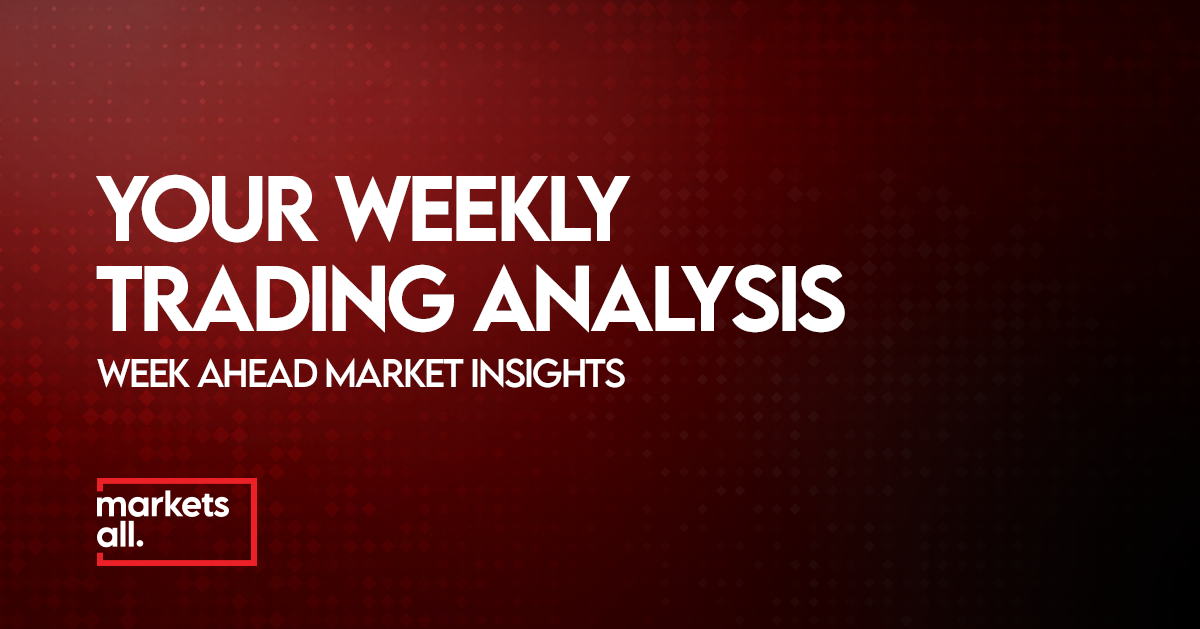March 10, 2025 – Macroeconomic Overview
Global financial markets entered the week of March 10, 2025, with heightened volatility as trade tensions, inflationary pressures, and shifting fiscal policies drove investor sentiment. U.S. equity markets slumped on renewed tariff disputes, European Central Bank (ECB) policy adjustments influenced bond markets, while China’s latest inflation data raised fresh concerns about global deflation risks. In Japan, the yen gained strength as investors sought safe-haven assets, and global commodity markets responded to fluctuating demand signals.
U.S. Markets Tumble Amid Trade War Escalation
U.S. stock markets opened the week with sharp losses as renewed trade tensions between Washington and Beijing weighed on investor sentiment. The S&P 500 dropped 1.4%, the Dow Jones Industrial Average shed over 430 points, while the Nasdaq Composite fell 2.1%, driven by heavy losses in technology and consumer discretionary stocks.
The market downturn came after China imposed retaliatory tariffs ranging from 10% to 15% on select U.S. imports, including agricultural goods, semiconductors, and machinery, effective immediately. The move was a direct response to the Biden administration’s new round of tariffs on Chinese electric vehicles, solar panels, and steel. The intensifying tariff war has fueled fears of a prolonged economic slowdown as global supply chains face renewed disruptions.
(Reuters)
Meanwhile, U.S. consumer confidence took another hit, reflecting concerns over rising borrowing costs and the ongoing trade war. The University of Michigan’s Consumer Sentiment Index fell to 64.7, marking its lowest level in over a year. Weak consumer spending data, particularly in discretionary sectors such as retail and travel, suggests that the broader economy may be losing momentum faster than expected.
Eurozone: ECB Rate Cut and German Fiscal Expansion Move Markets
The European Central Bank (ECB) proceeded with a 25 basis point rate cut, lowering the benchmark rate to 2.50%, its lowest level since mid-2023. The decision followed softening inflation data across the Eurozone, which saw the annual rate decline to 2.4% in February, moving closer to the ECB’s 2% target. Core inflation also eased slightly to 2.6%, driven by falling energy prices.
Despite the rate cut, European bond markets reacted negatively to Germany’s unexpected fiscal policy shift. The German government announced a €500 billion infrastructure and defense spending package, leading to a sharp sell-off in bonds. German 10-year bund yields surged to 2.85%, marking the largest single-day rise in over 30 years. The move signaled that fiscal policy, rather than central bank actions, is now the dominant force shaping market expectations.
(FT)
In equity markets, European stocks initially outperformed Wall Street as the Vanguard FTSE Europe ETF gained 16% year-to-date, compared to a 2% decline in the S&P 500. Investors rotated into European assets, expecting a more favorable policy environment amid falling inflation and government stimulus measures.
(MarketWatch)
China’s Inflation Falls, Raising Deflation Concerns
China reported weaker-than-expected inflation data, adding to fears of slowing domestic demand and deflationary pressures. The Consumer Price Index (CPI) fell by 0.5% YoY in February, marking the sharpest decline in over 13 months. Core inflation, which excludes volatile food and energy prices, remained stagnant at 0.8%, highlighting weak underlying demand.
Producer prices also contracted for the 15th consecutive month, declining 2.7% YoY, reinforcing concerns about China’s economic recovery losing momentum despite recent government stimulus efforts. Weak inflation figures suggest that the People’s Bank of China (PBoC) may need to cut rates further, potentially increasing global liquidity flows.
(Reuters)
The weak inflation data sent Chinese equities lower, with the Shanghai Composite Index falling 1.2%, led by losses in consumer and industrial stocks. Foreign capital outflows accelerated, reflecting concerns over China’s long-term growth outlook amid weaker consumer sentiment and geopolitical risks.
Japan: Yen Strengthens as Safe-Haven Demand Rises
The Japanese yen appreciated 0.7% to 146.97 per dollar, marking its strongest level in over a month. Investors increased their holdings of Japanese assets, seeking refuge amid global market volatility and trade uncertainty. The move was driven by a combination of risk aversion and expectations that the Bank of Japan (BoJ) could tighten policy sooner than expected if inflation continues to rise.
Meanwhile, Japan’s economy grew at an annualized rate of 2.8% in Q4 2024, exceeding market forecasts of 1.0%. The growth was fueled by strong capital expenditure and resilient consumer spending, despite external headwinds from slowing global trade.
(Reuters)
Commodities & Global Outlook: Oil and Gold React to Market Uncertainty
Global commodity markets saw mixed movements as macroeconomic uncertainty continued to shape demand expectations.
- Crude Oil: Brent crude prices rose 1.5% to $82.40 per barrel, driven by rising geopolitical tensions and expectations of OPEC supply cuts.
- Gold: Spot gold climbed 0.8% to $2,165 per ounce, benefiting from increased safe-haven demand as global stock markets slumped.
The International Monetary Fund (IMF) maintained its global GDP growth forecast at 3.3% for 2025, but warned that geopolitical risks, rising debt levels, and slowing China growth could lead to downside revisions later in the year.
(IMF)
Conclusion: Rising Risks and Market Adjustments
- Trade tensions continue to drive global market volatility, with China’s new tariffs escalating pressure on U.S. stocks.
- The ECB’s rate cut failed to support European bond markets, as Germany’s aggressive fiscal expansion disrupted yield expectations.
- China’s weak inflation data raised fresh concerns over deflation, potentially influencing global liquidity conditions.
- Japan’s economic resilience and a stronger yen suggested growing investor caution, increasing safe-haven flows.
- Oil and gold prices surged, reflecting geopolitical risks and hedging strategies against market instability.
As investors navigate a complex and rapidly shifting global economic landscape, monetary and fiscal policy adjustments remain the key drivers of financial markets. With continued uncertainty surrounding trade policies, inflation dynamics, and central bank strategies, volatility is likely to persist throughout the week.





Leave A Comment